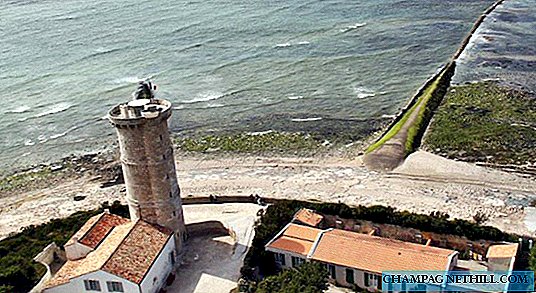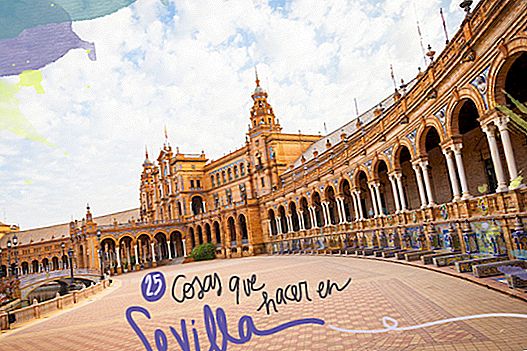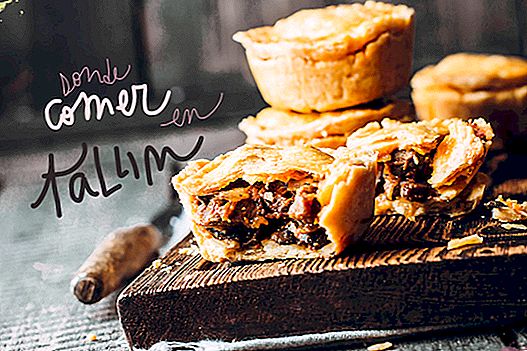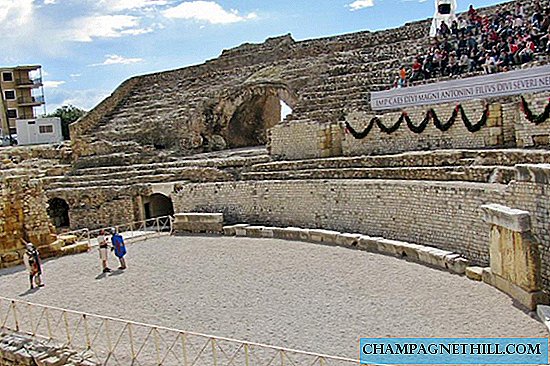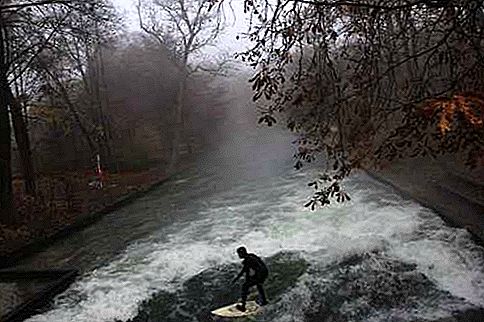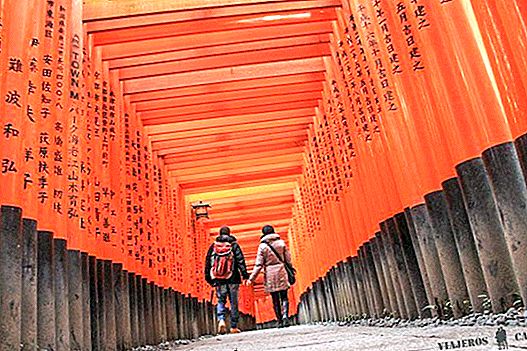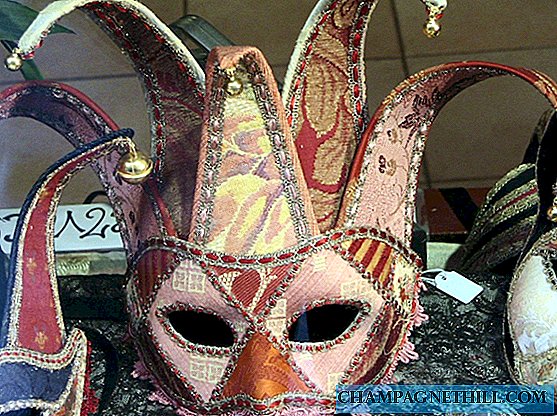
Columnary Hall of the Silk Exchange in Valencia
The Silk market It is not a monument more than you can visit in the historic center of Valencia.
It is a surprising gothic building which puts the Levantine city in the list of places World Heritage.
It is not easy to see large civil buildings of Gothic architecture, which in our imaginary we have more linked to the great cathedrals of central and southern Europe.

Exterior facade of the Silk Exchange in Valencia
Lonja de la Seda, World Heritage Site
That is why in 1996 the Silk market it was declared a monument World Heritage byUnesco
This international organization justifies the declaration because it is an exceptional example of civil gothic, and represent the strength of trade in Mediterranean cities during the time of its construction.
History of the Silk Exchange
The Valencia Silk Exchange, also known as the Market of the Merchants, was built from the year 1492, its architect being the Valencian Pere Compte.

Consulate of the Sea in the Silk Exchange in Valencia
You should know that the building was built in just 15 years, and that it was called Silk market because of the great boom it had in the Middle Ages in Valencia, when the city was an important silk producing center.
In the 18th century there was an epidemic and silk disappeared from Valencia.
At that time the mulberries that had been used to produce silk were replaced by citrus trees from sweet oranges from China.
The discovery of the healthy characteristics of oranges thanks to the Vitamin A led to the subsequent great boom of its plantations and export.
What to see during the Silk Exchange visit
The monument you find in the middle historic center of Valencia, in front of the building of Central Market and the striking facade of the Church of the Santos Juanes.

Gargoyle at the Silk Exchange in Valencia
Gargoyles in the Silk Exchange
Your visit should start by making a visual tour of the main facade, where you can see numerous gargoyles and figures that refer to the vices and virtues of man.
You should not be surprised by some with very explicit scenes, as it was the form of communication in a time when the majority of the population was illiterate.
Surely this should not surprise you that when you access the site of the Silk market To visit the monument, the first thing you find is a patio with orange trees.
And as for the commercial environment of the building, you can still breathe it with the philately and numismatic market of the Silk Exchange that every Sunday morning is installed in this place.

Columnary Hall of the Silk Exchange in Valencia
Columnary Hall of the Silk Exchange
On the left you have the main and best known stay of the Silk market, its imposing Columnary Hall, which was the hiring room.
This is where you will see the characteristic image of the monument, with the 24 helical columns 17 meters high that separate the three longitudinal and five transverse ships.
Despite not being a large Gothic cathedral, the majesty of this totally open room is impressive, whose roof is supported by columns that look like large palm trees.
Surely it will also catch your attention is the great height of the Gothic windows.

Coffering of the Consulate of the Sea in the Silk Exchange in Valencia
Consulate of the Sea in the Silk Exchange
In addition to a three-story tower, next to this building is the Consulate of the Sea, which was built five years later, but in the Renaissance style.
This drastic architectural change was due to the influence of Borgia Valencians, who already knew that style that was then booming in Italy.
On your visit you will go up to the top floor of the Consulate of the Seawhere do you find the Golden Chamber, large rectangular room that was originally used to make judgments.
Here, without a doubt, your view will go to the great wood paneling of the roof.
You will be curious to know that, in reality, said coffered ceiling belonged to the old gothic building of the city hall of Valencia, which disappeared after a fire in the early twentieth century.

Silk Exchange in Valencia
The coffered ceiling was preserved and it was decided to install in the aforementioned Golden Chamber.
Hours visit Silk Exchange
The Visiting hours of the Silk Exchange of Valencia they are, throughout the year, from Monday to Saturday from 9.30 to 19 hours, and on Sundays, from 9.30 to 15 hours.
Prices Lonja de la Seda
The ticket prices they are, generally, 2 euros, and for students, pensioners and large families, 1 euros.
You can visit the Silk Exchange for free on Saturdays and Sundays.
Pictures Silk market
Here are more photos of the Silk Exchange of Valencia.
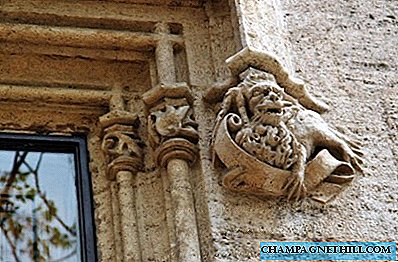
- Detail of the exterior facade of the Silk Exchange in Valencia
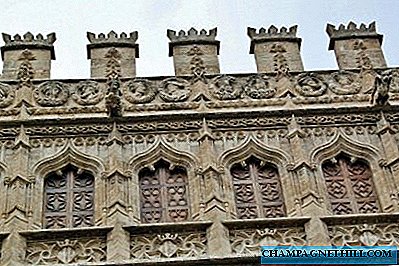
- Consulate of the Sea in the Silk Exchange in Valencia

- Golden Chamber of the Consulate of the Sea in the Silk Exchange in Valencia
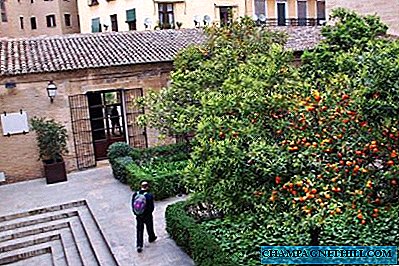
- Courtyard of the orange trees in the Lonja de la Seda in Valencia
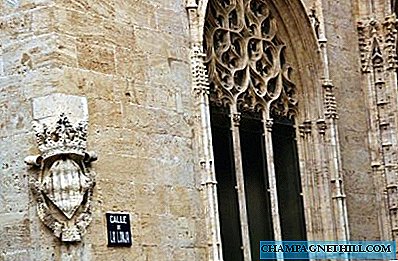
- Exterior facade of the Silk Exchange in Valencia






